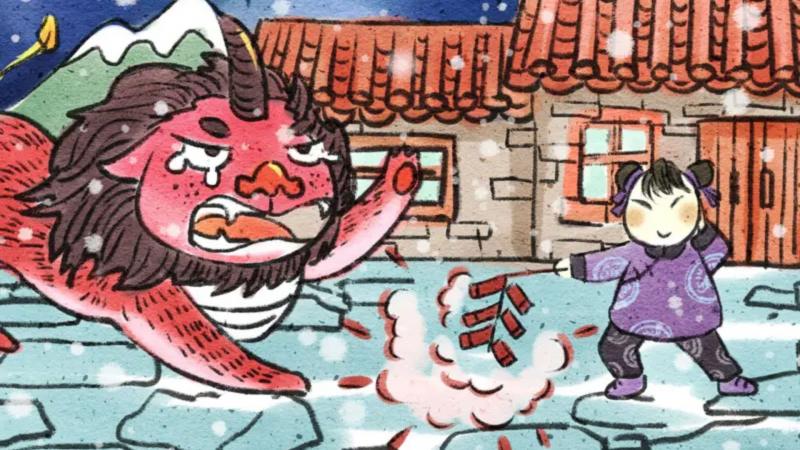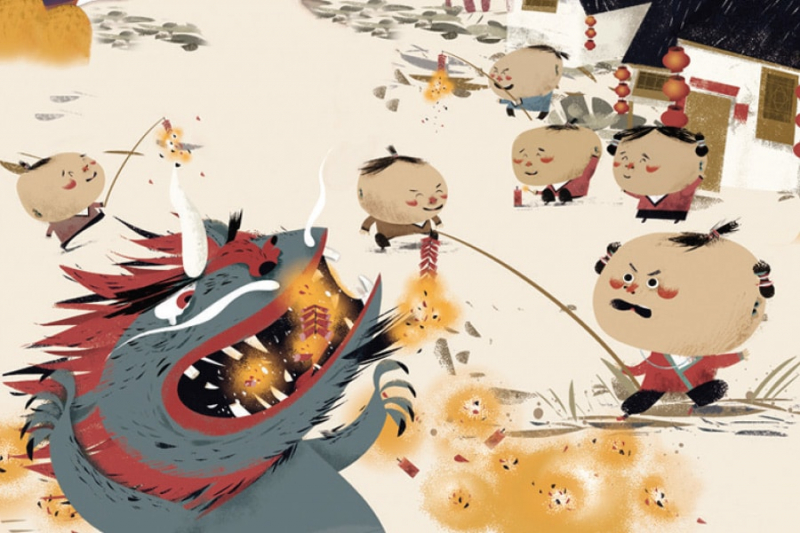Chinese New Year

Do you adore Chinese New Year events that allow you to usher in a fresh start? Around the world, people gather with their loved ones to celebrate, praying for good days to come. The decorations and firecrackers are the two main components of Chinese New Year celebrations. But there is a myth associated with this custom.
Fear and myth gave birth to Chinese New Year celebrations. Legend told of the ferocious beast Nian (also the Chinese term for "year"), who emerged at the end of each year and attacked and killed villagers. To scare the beast away, loud noises and flashing lights were deployed, and the Chinese New Year celebrations were formed. Today, the 15-day New Year celebrations are accompanied by a week of vacation in China's major cities. The main celebration happens on the eve of the festival, similar to the Western New Year (January 1st). Fireworks displays are held throughout the city at the start of the new year.
In addition to New Year's Eve, there are other significant days throughout the 15-day Chinese New Year Festival, such as Jie Cai Ceng - Welcoming the Gods of Wealth and Prosperity and Yuan Xiao Jie - Festival of Lanterns. The gods of prosperity are said to descend from the heavens on the fifth day of the new year. Businesses frequently take part in the lighting of firecrackers because they think doing so will bring them luck and prosperity for their enterprise. The Festival of Lanterns, which takes place on the fifteenth day of the New Year, concludes the festivities for the Chinese New Year. All different kinds of lanterns are lighted up in the streets, and poetry and riddles are frequently created for amusement.
The red envelopes packed with money, known as "hong bao" in Mandarin, are traditionally only handed to children or unmarried adults without a job. Even if you're unmarried, working, and earning money, you must still donate the hong bao money to the younger generation. In Chinese culture, the color red represents good luck/fortune and happiness/abundance and is frequently worn or utilized for decoration in other ceremonies. The dragon appears in many Chinese cultural festivities because the Chinese believe they are descended from mythical creatures. On the fifth day of the New Year, when many people must return to work, dancing dragons will perform in front of the office building. They might also have a lot of dancing dragon performances on the fifteenth day of the New Year (Yuan Xiao Jie). The dragon is a symbol of wealth, fortune, and luck.















